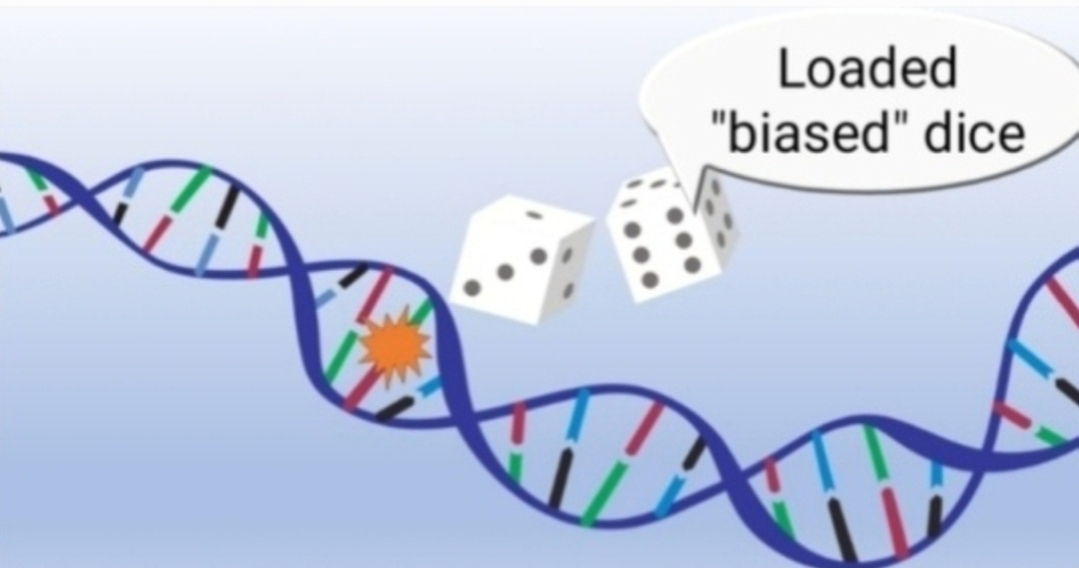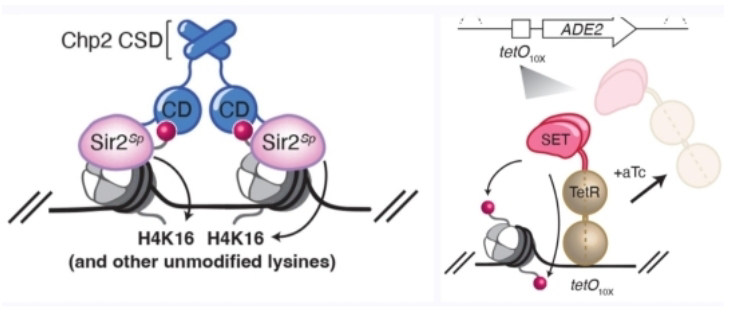Unveiling the Enigma: A Deep Dive into Network Robustness and Resilience

Article : Unveiling the Enigma: A Deep Dive into Network Robustness and Resilience Complex networks, with their intricate tapestries of connections, weave narratives of life, information, and energy through our world. From the sprawling arteries of metropolises to the whispered exchanges of neurons in the brain, these hidden pathways govern the dance of interconnected systems. But what happens when this delicate choreography faces disruptions, uncertainties, and the inevitable tremors of change? This is where the enigmatic duo of robustness and resilience step onto the stage, their intertwined forms holding the key to the networks' survival and performance. Decoding the Duality: Robustness , a stalwart knight in shining armor, stands firm against the whispers of disruption. It embodies a network's unwavering ability to maintain its functionality and performance even as minor tremors shake its foundations. Imagine a power grid, its robust design ensuring consistent...



